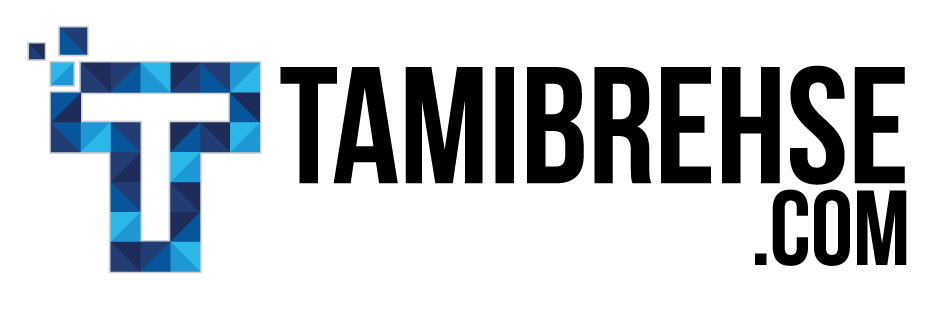If you feel like your brand’s Facebook engagement rate is at an all-time low, you’re not alone.
It’s been widely documented that organic (unpaid) reach for Facebook pages has been falling, and then falling some more.
It’s a business move on Facebook’s part, because they want brands to pay to reach those oh-so-valuable consumer eyeballs.
So what can you do when you’re on a shoestring budget?
All is not lost. There are a few tricks you can use to make sure your organic reach is as high as possible. Mine is currently around 10 to 15% per post, which I’ll take over 2% any day!
1. Make sure your post has an image
Posts with images receive more than double the engagement of those without, so make sure the majority of your posts contain one.
If you’re sharing a link, Facebook automatically crawls that URL looking for an image to feature with the post.
You’ll notice this when you type or paste a URL into your status update; Facebook thinks for a minute, then displays an image (or sometimes two or three) to display along with your post.
But a few things can go wrong here.
- The image Facebook pulls doesn’t match with what you’re posting about (this happened in the example above)
- The image isn’t the right size, so it gets cut off (this also happened above)
- No image loads at all
If any of these are the case, you’ll want to upload a more appropriate photo to override the one (or lack thereof) that Facebook selects. Here’s how.
First, de-select all of the bad photos you don’t want displayed with your post. You can do this by scrolling down beneath your post and clicking on the thumbnail associated with each one.
Then, upload the photo you do want to use. Click on the plus sign just above the Publish button, and choose a better photo from your computer. It’ll load with the post.
Now you can hit Publish.
2. Make sure your image is properly sized
As I touched on above, sharing the wrong size image as part of a link can result in it being cut off. What happens when it’s cut off? Your post doesn’t look so great and fewer people will engage with it.
So, you want to make sure your image has the proper dimensions.
At the time of this post, image previews for links are displayed at 600 x 315 pixels, which looks exactly like this:
The photo you choose doesn’t have to be exactly 600 x 315, but its proportions should look similar to the image above (AKA wider than it is tall).
Note that these are not the same dimensions for a photo post—a post where you’re sharing only a photo and not a link. For these types of posts, Facebook recommends a minimum width of 504 pixels.
Here’s an example of a photo post.
See how I’m not sharing a link, only an image? The orientation of your photo doesn’t matter in this type of post; it won’t get cut off for being the wrong size (mine here is a square).
3. Upload native video
This is one tiny trick that can make a huge difference in the organic reach of your video posts: whenever possible, upload the video directly to Facebook, rather than sharing it as an outside link (YouTube, Vimeo, etc.).
This is what’s known as a native video upload. In other words, it’s uploaded and lives directly on Facebook, rather than taking viewers away to a third-party site.
It’s no surprise Facebook rewards these types of videos with more organic reach than a shared YouTube link.
Obviously you can only share a video this way if you have the original video file to upload. You’d do this by clicking on the Photo/Video button in your status update area.
If you want to share someone else’s video, you’ll probably still have to resort to sharing a link. Another reason why I encourage you to create your own videos whenever possible!
4. Play with the timing of your posts
Facebook’s algorithm is a funny thing.
Some posts show up in your News Feed immediately after they’re posted, while others you might not see for several hours (or even days!).
Because of this, you can sometimes snag extra engagement by posting at off-peak hours like the middle of the night.
I tested this recently with a client who usually posts to Facebook around 8 a.m. Monday through Friday. We played around with timing by posting at 2 a.m. on a Wednesday, and were surprised to see that the post’s organic reach was about three times what they typically receive.
Will this make a difference for every Page? I have no idea, but it’s definitely worth testing out.
You can schedule a post for any time you want by clicking the dropdown next to the Publish button and selecting Schedule.
5. Post less
It may sound crazy, but posting too much can actually do more harm than good for your Facebook engagement rate.
A recent study by Hubspot found that for Pages with 10,000 followers or less, the more often they posted to Facebook, the fewer clicks they received on each post.
A good rule of thumb is to post to Facebook one to two times per day maximum. Less than that is fine, but any more than that is overkill.
Do you have any hacks to boost your Facebook engagement rate?
Get social media tips and tricks delivered directly to your inbox as soon as they’re posted!
Tami Brehse
Latest posts by Tami Brehse (see all)
- This White-Hat Link Building Tool Will Supercharge Your SEO Strategy - May 20, 2019
- 6 Steps To Take Before Launching A New Business - February 1, 2019
- How To Build A Website For A New Business: The Basics - January 13, 2019










